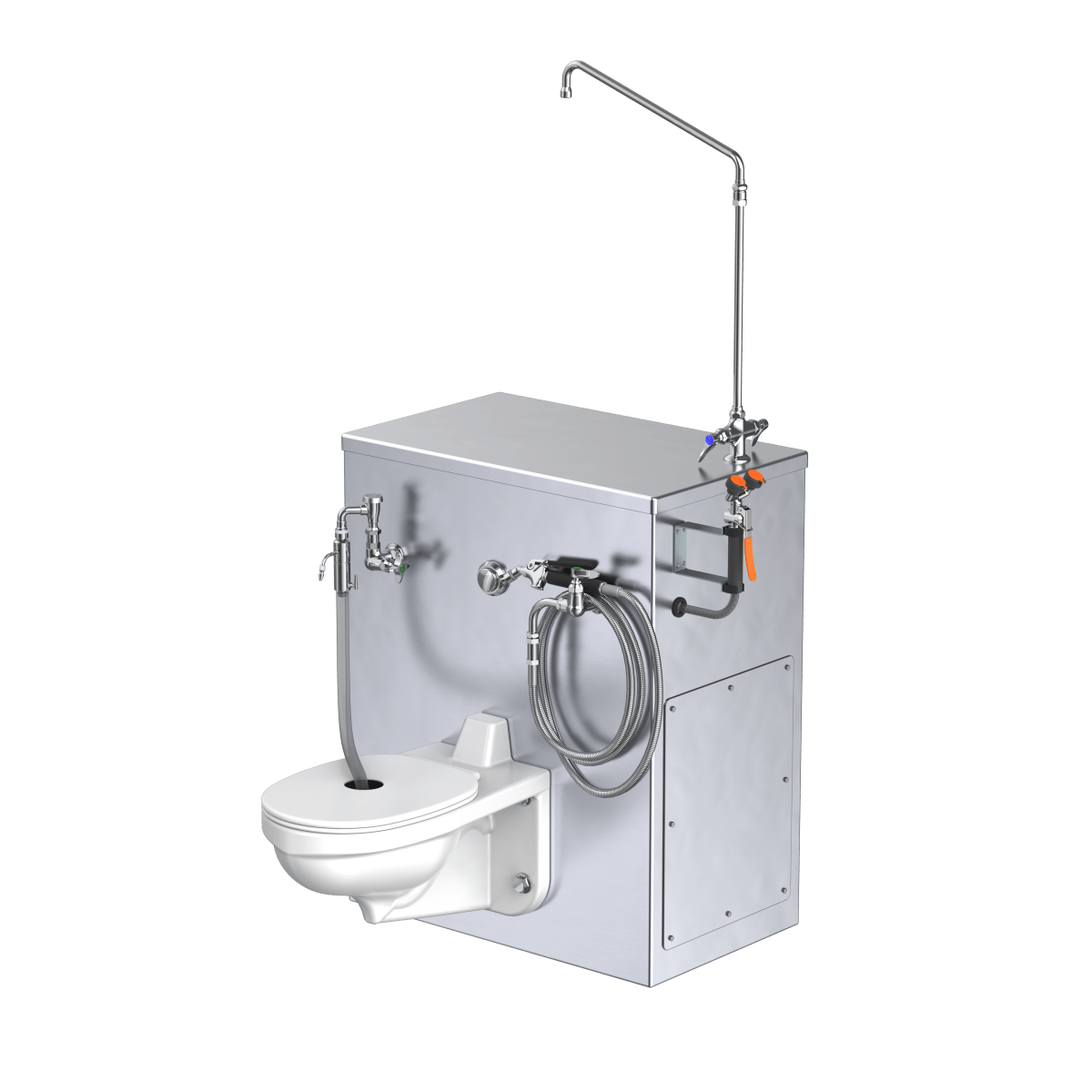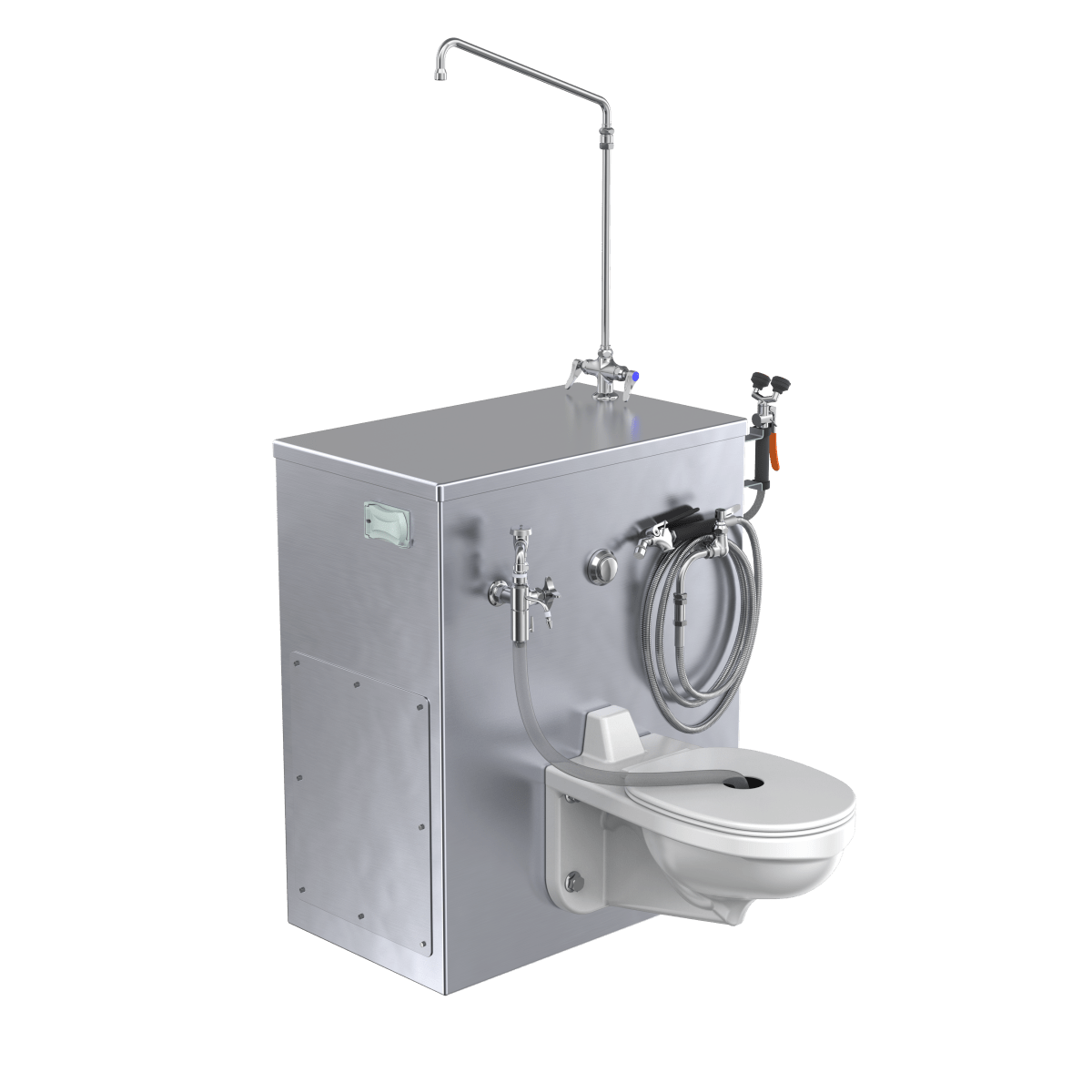otional Support During Animal Cremation Process
Losing a beloved pet is an incredibly emotional experience. Pets are not just animals; they are cherished family members who offer unconditional love and companionship. Their presence fills homes with joy, and their absence can leave a profound void in our lives. When it comes time to say goodbye, many pet owners find comfort in understanding the options available for pet cremation and the emotional support that can help them through this difficult time. Navigating these choices while grappling with grief can be overwhelming, but having a clear understanding of what to expect can provide some solace.
In this article, we will explore the various aspects of pet cremation, including the processes involved, how to choose a crematorium, and the emotional support available to help you during this challenging time. We will delve into the types of cremation, considerations for selecting a crematorium, and how to cope with the emotional aftermath of pet loss. Our goal is to provide a comprehensive guide to help you honor your pet in a way that feels right for you and your family.
Understanding Pet Cremation
What Is Pet Cremation?
Pet cremation is a process that involves the respectful disposal of a pet's remains. It offers a dignified way to say farewell, allowing pet owners to keep a physical reminder of their beloved animal in the form of ashes. These ashes can be placed in an urn, scattered in a meaningful location, or even transformed into keepsake jewelry. This option provides a sense of closeness and continuity, making it easier for some to process their grief.
There are several types of pet cremation methods, including traditional flame-based cremation and pet alkaline hydrolysis, also known as water cremation. Each method has its own benefits and considerations, allowing pet owners to choose the one that aligns best with their values and environmental concerns. Understanding these options can help you make an informed decision that honors your pet's memory in a way that feels most appropriate to you.
Types of Pet Cremation
Traditional Flame-Based Cremation
This is the most common form of animal cremation. The pet is placed in a cremation chamber where intense heat reduces the body to ash and bone fragments. The remains are then processed into a finer ash for return to the pet owner. This method is widely available and familiar to many, offering a straightforward approach to pet cremation.
While traditional flame-based cremation is the most recognized method, it is important to consider the environmental impact. The process involves high temperatures and energy consumption, which some pet owners may find concerning. However, many facilities are adopting more energy-efficient practices to mitigate this impact.
Pet Alkaline Hydrolysis
Also known as water cremation, this process uses a combination of water, heat, and alkaline chemicals to break down the pet's body. It is considered an environmentally friendly option as it uses less energy and does not release harmful emissions into the atmosphere. This method is gaining popularity among those who are environmentally conscious and wish to minimize their ecological footprint.
Pet alkaline hydrolysis provides a gentle alternative to traditional cremation, emphasizing sustainability and care for the environment. While it may not be as widely available as flame-based methods, more facilities are beginning to offer this service as awareness and demand increase.
Choosing a Pet Crematorium
When choosing a crematorium for your pet, it is important to consider factors such as location, services offered, and the facility's reputation. Many pet owners search for "small animal cremation near me" or "cat cremation near me" to find local options. Proximity can be a key factor, as it may influence your ability to visit the facility and participate in any offered services.
Considerations for Choosing a Crematorium
- Reputation: Look for reviews and testimonials from other pet owners to ensure the crematorium provides compassionate and professional services. A reputable facility will be transparent about their processes and open to answering any questions you may have.
- Services Offered: Some crematoriums offer additional services such as viewing rooms, memorial services, or personalized urns. These added options can enhance the memorial experience, providing a more personalized farewell for your pet.
- Facility Standards: Visit the crematorium if possible to ensure it is clean and well-maintained. Observing the facility firsthand can provide peace of mind, knowing your pet will be handled with care and respect.
Veterinary Cremation Services
Many veterinary clinics offer cremation services or work closely with local crematoriums. This can provide a convenient option for pet owners, as the veterinary staff can often handle the arrangements on your behalf. Relying on your trusted veterinarian can simplify the process, allowing you to focus on grieving and healing.
Veterinary cremation services often come with the added benefit of familiarity and trust. Your veterinarian may have long-standing relationships with local crematoriums, ensuring a seamless transition and continuity of care for your pet.
Emotional Support During the Cremation Process
Coping with Grief
The loss of a pet can be just as painful as losing a human family member. It is important to acknowledge your feelings of grief and seek support from friends, family, or support groups. Recognizing the depth of your loss is a crucial step in the healing process, allowing you to process your emotions in a healthy way.
Grieving is a personal journey, and there is no right or wrong way to experience it. It's essential to be gentle with yourself and allow time to mourn. Embrace the memories you shared with your pet and lean on your support network for comfort and understanding.
Support Groups
There are many pet loss support groups available, both in-person and online, that offer a safe space to share your feelings and connect with others who understand the pain of losing a pet. These groups provide a sense of community and validation, reminding you that you are not alone in your grief.
Support groups can be a valuable resource, offering different perspectives and coping strategies. Engaging with others who have experienced similar losses can provide comfort and reassurance during a time when emotions are raw and overwhelming.
Professional Counseling
For those who find the grief overwhelming, professional counseling can be a valuable resource. Therapists specializing in pet loss can help you navigate your emotions and begin the healing process. Professional guidance can offer tailored coping mechanisms and a safe space to express your feelings without judgment.
Counseling can be particularly beneficial if you are struggling to cope with daily life or finding it difficult to move forward. A therapist can help you explore the depth of your loss and work through the complex emotions associated with it.
Memorializing Your Pet
Creating a lasting tribute to your pet can be a comforting way to honor their memory. This can include:
- Personalized Urns or Jewelry: Some pet owners choose to keep their pet's ashes in a specially designed urn or have a small portion of the ashes made into jewelry. These keepsakes serve as tangible reminders of the bond you shared, providing comfort and a sense of closeness.
- Pet Memorials: Consider creating a photo album, planting a tree, or dedicating a space in your home to your pet's memory. These gestures can celebrate your pet's life and the joy they brought, offering solace and a way to keep their spirit alive.
Involving the Family
Involving children and other family members in the process can help everyone cope with the loss. Encourage open conversations about feelings and memories, and consider holding a small memorial service to say goodbye. This collective mourning can strengthen family bonds and provide mutual support during a difficult time.
Allowing each family member to express their grief and share fond memories can foster healing and acceptance. Creating a shared experience of remembrance can be an important step in moving forward together.
The Role of Colors in Pet Mortuary Services
The use of color in pet mortuary services can have a significant impact on the emotional experience. Soft, calming colors are often chosen to create a peaceful atmosphere, aiding in emotional healing. The environment can influence how mourners feel, with tranquil colors providing a comforting backdrop during memorial services.
Some facilities offer options for personalized color schemes in memorial services or urns. These choices can reflect the personality of the pet or the preferences of the owner, adding a personal touch to the farewell ceremony. Thoughtful consideration of colors can enhance the overall experience, making it a more memorable and meaningful event.
Conclusion
The loss of a pet is a deeply personal and emotional experience. Understanding the pet cremation process and the support available can help ease the burden during this difficult time. Whether you choose traditional cremation or pet alkaline hydrolysis, it is important to find a crematorium that aligns with your values and provides compassionate care. Making informed decisions can provide peace of mind, knowing you have honored your pet's life and legacy thoughtfully.
Remember, it is okay to grieve and seek support. Your pet was a beloved part of your life, and honoring their memory can be a meaningful step in the healing process. Embrace the support systems available to you, and take comfort in the enduring love and memories you shared with your pet.


















